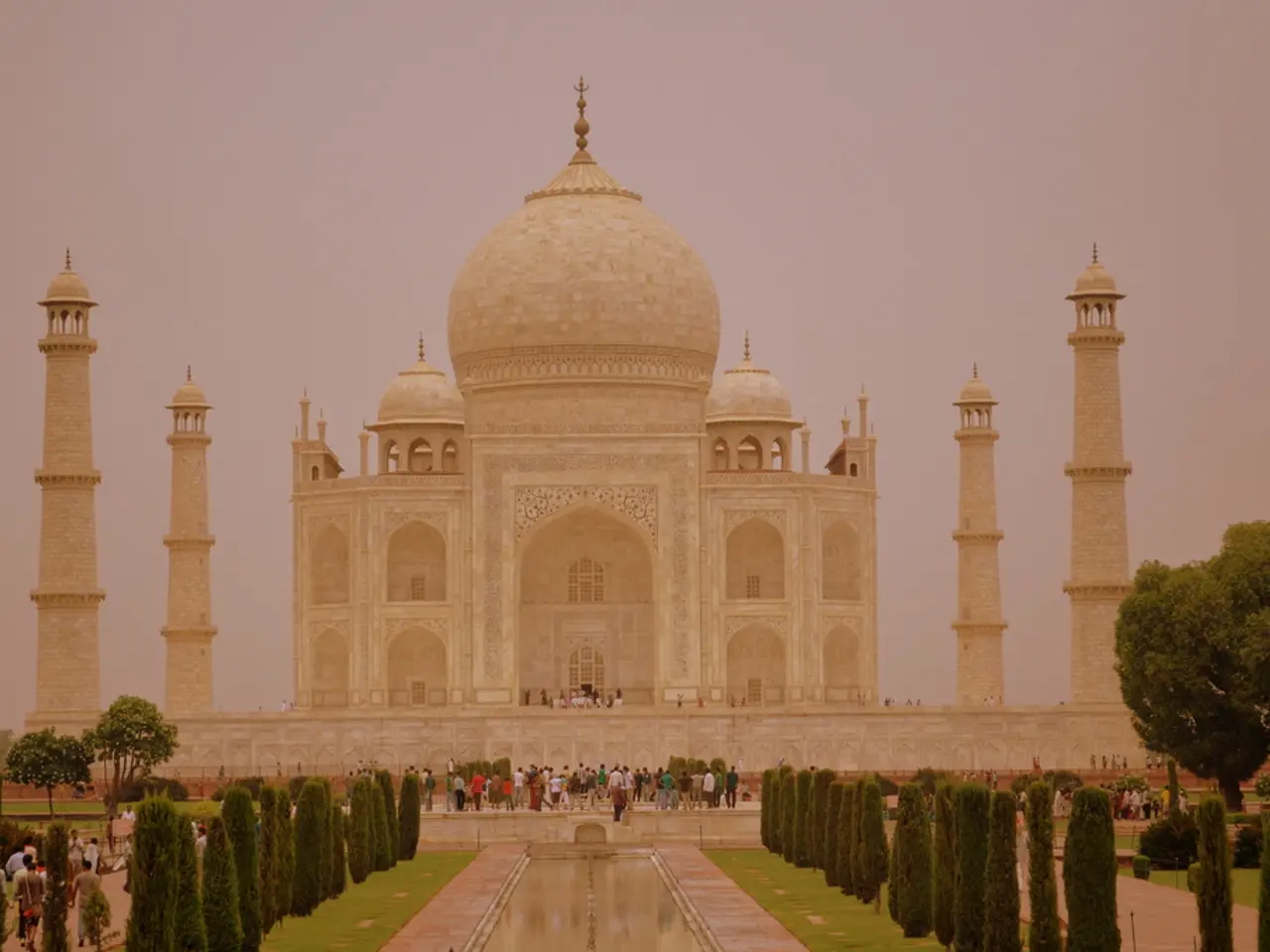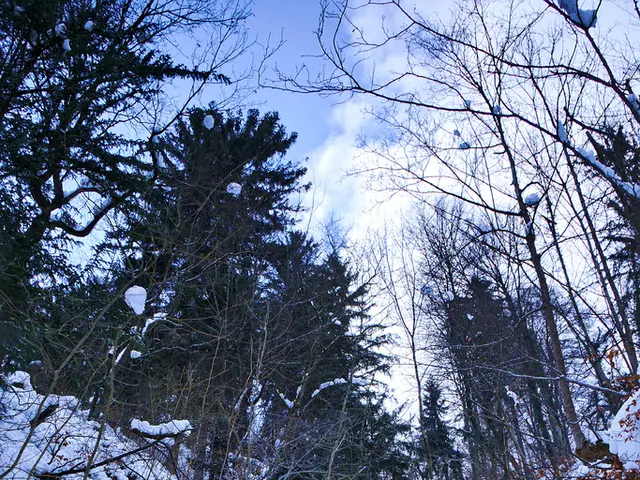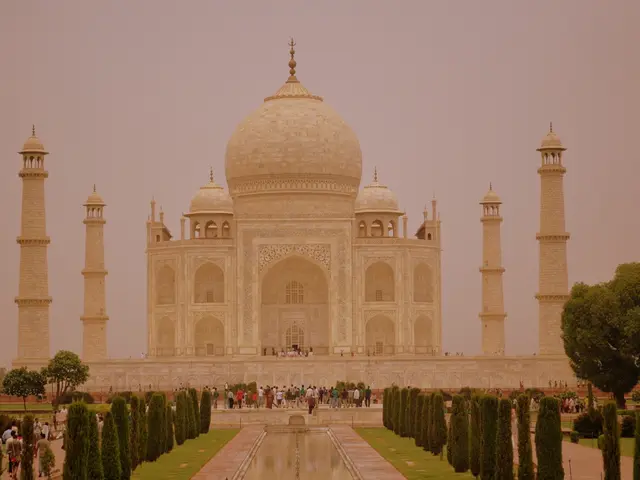Intense downpour in IIOJK claims lives of 34 individuals, over 200 people reported missing
On August 14, 2025, a tragic cloudburst-induced flash flood hit the remote village of Chositi (Chashoti) in Kishtwar district, Indian-administered Jammu and Kashmir, causing at least 67 fatalities, over 300 injuries, and leaving around 200 people missing[1][2][3][5]. The disaster affected both local residents and pilgrims on the popular Machail Mata Yatra route.
Chositi, the last motorable point on the pilgrimage path leading to the Machail Mata temple, was bustling with approximately 1,200 people when the sudden downpour struck around 11:30 a.m. The disaster buried homes under mud, swept away a community kitchen with around 200 pilgrims, destroyed a security camp, vehicles, and infrastructure, and trapped over 500 people[1][2][3].
This incident is part of a concerning trend of increasing extreme weather events and cloudbursts in the Himalayas, exacerbated by climate change. Rising temperatures cause the air to hold more moisture, increasing the likelihood of sudden, heavy rainfall events via orographic lifting—when moist monsoon winds rise quickly over the mountains and encounter cooler air masses[2][3].
Despite the severity, meteorological data directly from Chositi is scarce; no local weather station exists. Official district-level data recorded only light rainfall on August 15, and none on August 14. Satellite and Doppler radar indicate heavy precipitation at Chositi, but definitive explanations are yet uncertain. Some experts suggest a possible glacial lake or glacier breach may have contributed, though no conclusive evidence exists[4].
This flash flood in Kishtwar follows closely on the heels of another disaster in the Himalayas, specifically the 2025 Uttarakhand flash flood, emphasising the heightened regional vulnerability to such natural hazards[1][4].
Summary of the Kishtwar incident:
| Aspect | Details | |-----------------------|------------------------------------------------| | Date | August 14, 2025 | | Location | Chositi (Chashoti), Kishtwar district, Jammu and Kashmir (India-administered) | | Cause | Flash flood triggered by a sudden cloudburst | | Fatalities | At least 67 | | Injuries | Over 300 | | Missing | Around 200 | | Affected Population | Residents and Machail Mata pilgrimage pilgrims | | Key damages | Buried houses, swept-away community kitchen, destroyed security camp and vehicles | | Meteorological data | No local station; satellite/Doppler radar detected heavy rain; no rain officially recorded at regional stations[1][2][3][4][5] |
This heartbreaking event underscores the growing threat of climate-induced extreme weather in the Himalayas and the urgent need for improved disaster monitoring and preparedness in remote mountainous regions. Local authorities and emergency services are actively engaged in search and rescue operations, with Army and air force teams activated to assist. Residents are advised to avoid loose structures, electric poles, and old trees due to the risk of mudslides and flash floods.
The local weather station in Chositi has no recorded data of the heavy precipitation that occurred on August 14, 2025, despite satellite and Doppler radar indicating otherwise. The news of the missing people affected by the weather-induced flash flood in Chositi, along with the ongoing severe weather events and cloudbursts in the Himalayas, highlights the need for up-to-date news and accurate weather reports to ensure effective disaster preparedness and response in the region.








